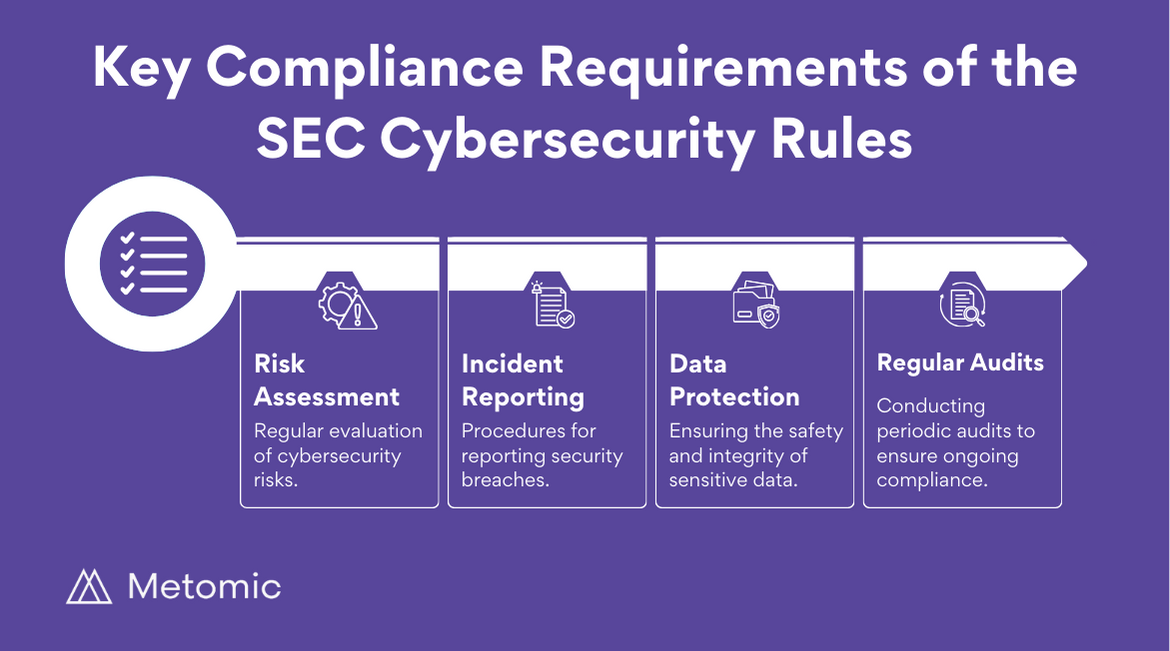
Cybersecurity Compliance: Navigating the New Regulations in 2024
As the threat landscape continues to evolve at an unprecedented pace, governments worldwide are enacting new regulations to enhance cybersecurity and protect critical infrastructure from malicious actors. Understanding and complying with these regulations is crucial for businesses of all sizes to avoid penalties, protect sensitive data, and maintain customer trust.
Key Cybersecurity Regulations in 2024
1. EU NIS2 Directive:
Replaces the NIS Directive with stricter requirements for organizations providing essential services, such as energy, transportation, and healthcare. Emphasizes risk assessment, incident reporting, and cyber threat intelligence sharing.
2. California Privacy Rights Act (CPRA):
Expands on the California Consumer Privacy Act (CCPA), enhancing consumer data privacy rights and imposing new obligations on businesses that collect or process personal information of California residents.
3. HIPAA Security Rule Updates:
Refines the HIPAA Security Rule to address evolving cybersecurity threats and technological advancements. Requires healthcare providers to implement multi-factor authentication, encrypt protected health information, and conduct regular risk assessments.
4. Cybersecurity Maturity Model Certification (CMMC):
Applies to defense contractors and subcontractors handling Controlled Unclassified Information (CUI). Requires organizations to meet specific cybersecurity standards to demonstrate their ability to protect sensitive data.
5. General Data Protection Regulation (GDPR) Enforcement:
GDPR, implemented in the European Union, imposes significant fines for non-compliance. In 2024, enforcement is expected to intensify, emphasizing the need for organizations to implement robust data protection measures.
Navigating Cybersecurity Compliance
Complying with these regulations requires a comprehensive approach that involves:
1. Risk Assessment and Management:
Identify and assess cybersecurity risks and implement appropriate controls to mitigate them.
2. Data Security:
Protect sensitive information through encryption, access controls, and data breach prevention measures.
3. Incident Response:
Establish a plan for responding to cybersecurity incidents, including detection, investigation, and remediation.
4. Training and Awareness:
Educate employees about cybersecurity threats and best practices.
5. Vendor Management:
Due diligence on third-party vendors to ensure they meet cybersecurity standards.
6. Compliance Monitoring:
Regularly monitor compliance with regulations and adjust controls as needed.
Benefits of Cybersecurity Compliance
Compliance with cybersecurity regulations offers numerous benefits, including:
- Reduced risk of cyberattacks and data breaches
- Improved data privacy and trust with customers
- Enhanced brand reputation
- Reduced legal and financial penalties
- Increased competitiveness in regulated industries
Conclusion
Cybersecurity compliance is no longer a choice but a necessity in today’s digital landscape. Businesses that proactively navigate the new regulations in 2024 will be better positioned to protect their critical assets, comply with legal requirements, and maintain a competitive edge in the evolving cybersecurity landscape.


